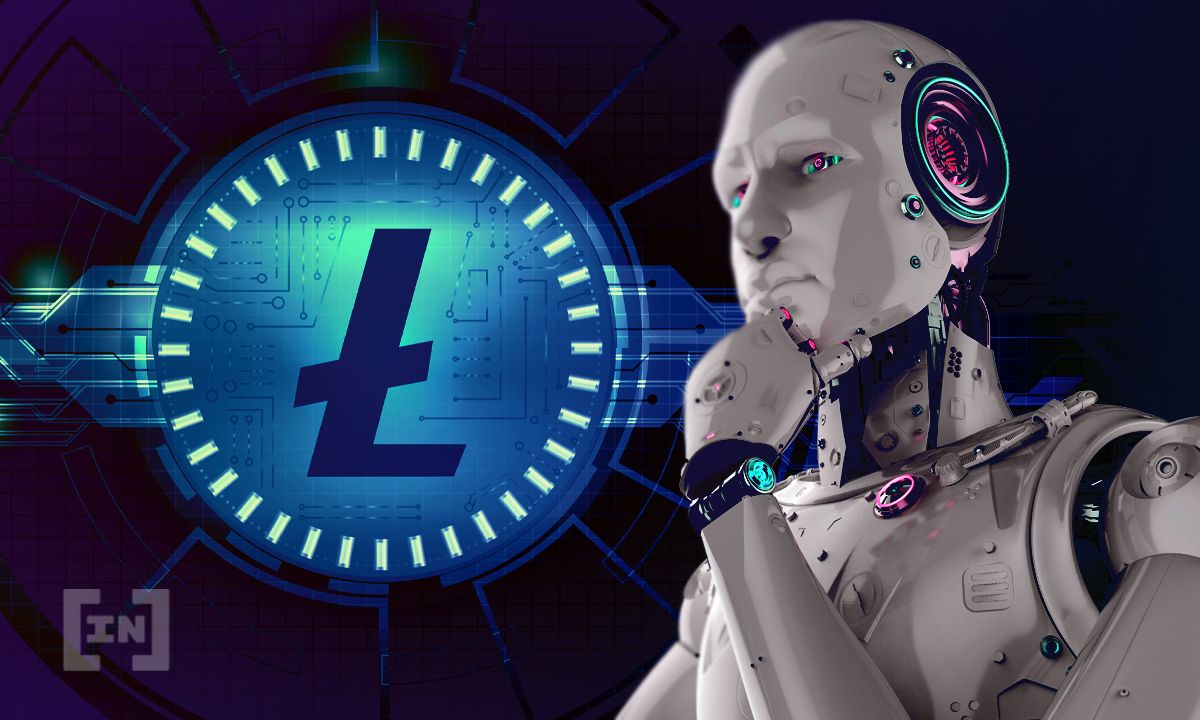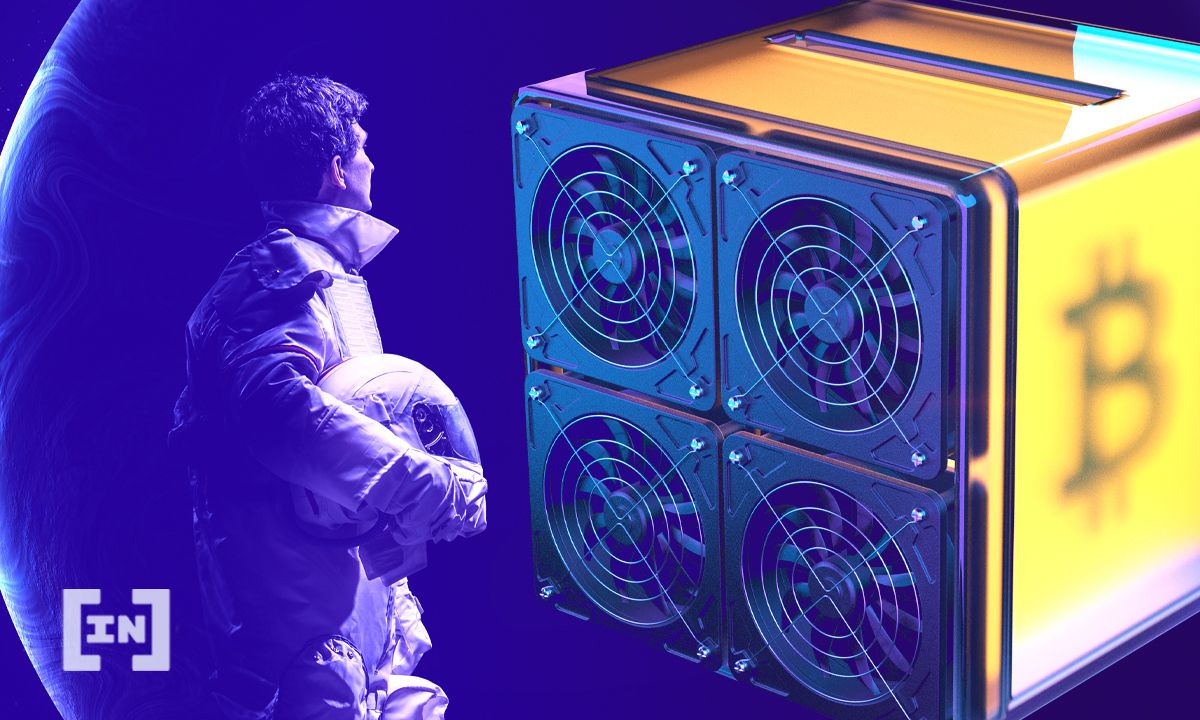Over the past several years, public interest in cryptocurrencies has soared. It has garnered attention from would-be investors, whose intrigue in the space has surged as time has passed. Bitcoin’s attraction has become synonymous with creating millionaires and increasing people’s wealth.
Since Bitcoin, hundreds of other cryptocurrencies have been forked from it or been created. Litecoin (LTC), a Bitcoin fork, is one of these altcoins. While the community base Litecoin on the same underlying blockchain and verification method as Bitcoin, there are several key differences that might help you decide which is right for you, so let’s inspect what sets these two coins apart.
What is Bitcoin?

Bitcoin is an invention that, for the first time in history, enables everyday people to create and manage a digital money supply outside the control of any government or bank. A revolutionary idea when introduced in 2009, Bitcoin continues to have implications that technologists and economists today are just beginning to explore and understand.
SponsoredTo begin, it helps to think of Bitcoin as a software protocol like those you interact with every day, think SMTP (which helps route your emails) and HTTP (which ensures the web content you request from your browser is delivered to you by servers). The Bitcoin protocol enables computers running its software to manage a data set (the blockchain) and enforce a set of rules that make this data (bitcoins) scarce and valuable.
The essential building blocks the Bitcoin protocol uses are:
- Public-key cryptography: A cryptocurrency wallet assigns bitcoin owners both a public key (which is used by the protocol to prove you own bitcoin) and a private key (which is a kind of password that guarantees your bitcoins can only be accessed by you, but it should be kept secured at all times).
- Peer-to-peer networking: Nodes (computers running the software) review transactions to ensure the software’s rules are being followed. Miners, which are just nodes using special computer chips, then compete for the right to batch these transactions into the blocks periodically added to the blockchain.
- A finite supply: There are only 21 million bitcoins available according to the protocol.
- Uses SHA-256: The cryptographic hash function which encrypts the blockchain. The hash function converts the input to an output of fixed length to encrypt it.
What is Litecoin?

Litecoin (LTC) is one of the first successful “alternative cryptocurrencies.” Litecoin’s release inspired a wave of developers to expand the user base by altering Bitcoin’s code, using it to launch new kinds of networks for cryptocurrencies. So, while Litecoin wasn’t the first cryptocurrency to copy Bitcoin’s code and change its features, it is one of the more historically significant. Establishing a robust market over time, even if it has sometimes faced criticisms it lacks a clear value proposition.
As interest from merchants in cryptocurrency faded in the mid-2010s, litecoin would adopt a more aggressive approach to development, pioneering new features like the Lightning Network and Segregated Witness, innovative technologies now live on Bitcoin.
Rather than stoking competition between the networks, the market has largely viewed these efforts as in line with Litecoin’s values. The project differs from many other cryptocurrencies because they have always positioned it as a complement to Bitcoin. Early marketing efforts for the project portrayed litecoin as the silver to bitcoins gold. This tagline continues to entice potential buyers until now.
This essential building block is what Litecoin protocol uses:
- Uses Scrypt: Litecoin employs scrypt for its hashing function. Scrypt uses SHA-256 but includes much higher memory requirements for proof-of-work. This supposedly decreases its dependability on GPU arithmetic logic units (ALUs), and thus ASIC mining machines. However, scrypt ASIC mining solutions were created in 2021, so Litecoin may need to find another solution.
Similarities between Litecoin and Bitcoin
Most of the functionalities of Litecoin are very similar to Bitcoin. However, Litecoin has some special features like a unique Litecoin mining hashing function, faster block generation time, and increased maximum coin supply that makes it stand out in the cryptocurrency sphere. But they decentralize both Bitcoin and Litecoin cryptocurrencies that encrypt themselves from any government or central authorities.
The following are some key similarities between the two:
- Proof-of-Work (PoW): Both Bitcoin and Litecoin use Proof of Work (PoW), a popular consensus method to add blocks. For example, cryptocurrency miners solve tough math puzzles using a hash algorithm to reach a consensus through their respective networks. After successfully adding blocks of valid transactions to their blockchains, miners are provided with block rewards.
- Storage and Transactions: The major reasons crypto investors choose bitcoin and litecoin over other cryptocurrencies are their easy transaction facilities. Both cryptocurrencies can be purchased or exchanged using a crypto trading platform. The mining methods are also comparatively simple. Other similarities include the necessity of a cold wallet, prices, regulations, etc. besides, both bitcoin and litecoin are profoundly dramatic and greatly volatile.
Litecoin and Bitcoin: What are the major differences?

Despite having many similarities at the core level, the debate of Bitcoin and Litecoin also results in some differences.
The most significant difference between bitcoin and litecoin is its hashing function. As mentioned earlier, Bitcoin uses SHA-256, which is processed quickly on the ALUs of graphics processing units. Let’s look at some more key differences between litecoin and bitcoin.
Market capitalization
Another area in which Bitcoin and Litecoin differ significantly is their market capitalization — the total dollar market value of all the created coins. Bitcoin is more popular because of its ability to be mined by large farms and mining pools; also, demand for it has risen so high that it commands a very high cryptocurrency-to-dollar exchange rate.
Distribution
Another fundamental difference between Bitcoin and Litecoin is the number of cryptocurrency each protocol can produce. Bitcoins network can never exceed 21 million coins, whereas Litecoin can accommodate 84 million coins.
In theory, this sounds like a significant advantage for Litecoin, however, supply and demand dictate prices for commodities and investments, along with consumer and investor sentiments. Both appear to believe that Bitcoin aligns with their interests, value, and financial goals, so its price reflects that.
Transaction Speed
Although technically transactions occur instantaneously on both the Bitcoin and Litecoin networks. But the latter tend to prioritize transaction speed. The Bitcoin network’s average confirmation time is around 10 minutes per transaction.
SponsoredThis can vary widely on network traffic. The equivalent figure for Litecoin is roughly two and a half minutes.
Algorithms
Bitcoin and Litecoin are both cryptocurrencies that use proof-of-work consensus mechanisms to add new blocks to the blockchain. However, the algorithms behind these cryptocurrencies are quite different, as Litecoin is less complex and requires a lower hash rate.
The United States National Security Agency designed Bitcoin’s SHA-256 algorithm in 2011. Scrypt, which is Litecoin’s algorithm, offers a less complex but more memory-intensive mining process.
The inner workings of Bitcoin and Litecoin are thus very similar, with similar governing principles. They both require an immense amount of computing power to mine blocks on the main chain. Some consider that they have improved the inefficiency of this process with the emergence of new protocols, such as proof-of-stake.
Block Sizes
Both Bitcoin and Litecoin have an original block size limit of 1 MB. However, these limits can supersede by using off-chain or layer two solutions to improve scalability.
Transaction Fees
Another aspect that Litecoin has sought to improve upon is its transaction fees. With Litecoin, users can expect to pay around $0.03 or $.04 on average in transaction fees. Compare this with Bitcoin’s more expensive $7.60 average transaction fee. Fees are lower with Litecoin because the network sets aside LTC that doesn’t derive from transaction fees to reward miners.
Litecoin vs. Bitcoin mining

Both Litecoin and Bitcoin provide a limited supply of currency that cannot be surpassed. Bitcoin is at 21 million and Litecoin at 84 million. They will reach the supply limit once they have mined all the coins. It’s estimated that the very last bitcoin won’t be mined until the year 2100, because of its difficulty adjustments that keep the rate of new block creation stable.
It’s estimated that litecoin’s supply limit will be reached roughly about the same time. Bitcoin and litecoin rewards miners for mining blocks which halve at given intervals, every 210,000 blocks for bitcoin and every 840,000 for litecoin. Scarcity allows the coins to preserve their value.
As mentioned, both bitcoin and litecoin miners operate within a PoW-based system, but Litecoin demands less computing power thanks to its simplified algorithm. Litecoin makes it easier for miners to take part in the network with no specialised hardware, enabling even those with a private computer to mine easily.
How It All Started
Litecoin — Charlie Lee was a computer scientist at Google before creating Litecoin in 2011. He created Litecoin intending to attract merchants who were looking for a quicker way to process transactions. To help people “own bitcoin and hold bitcoin,” Lee put the development of Litecoin aside and joined a cryptocurrency exchange as Director of Engineering from 2013 to 2017.
In late 2017, Lee departed the crypto exchange to pursue Litecoin development full time. Lee now serves as the managing director of the Litecoin Foundation, a non-profit dedicated to the project.
Satoshi Nakamoto released bitcoin — Bitcoin’s white paper, titled “Bitcoin: A Peer-to-Peer Electronic Cash System,” in 2008. He created it in response to the 2008 global economic crisis to combat inflation. They mined the first 50 bitcoins upon the release of the software, enabling a decentralized network of computers to run a digital economy that is still thriving today.
No one has heard or seen Satoshi after he left the project in 2011. Since then, hundreds of developers have contributed to improving Bitcoin’s code, whether it is routine bug fixes or great, efficiency-driven improvements.
Bitcoin and Litecoin are both leaders
There are many value predictions for both litecoin and bitcoin that range from highly conservative to extremely bullish. Both currencies will keep their place as a leader, but some believe that rivals like ether could seize the top spot.
Both currencies and communities will undoubtedly grow their users and community of miners, developers, and node supporters. Litecoin transactions will probably increase as the blockchain supports an extremely low-cost P2P payment option. Bitcoin will probably keep its role as digital gold because of its prestige as the first cryptocurrency.

